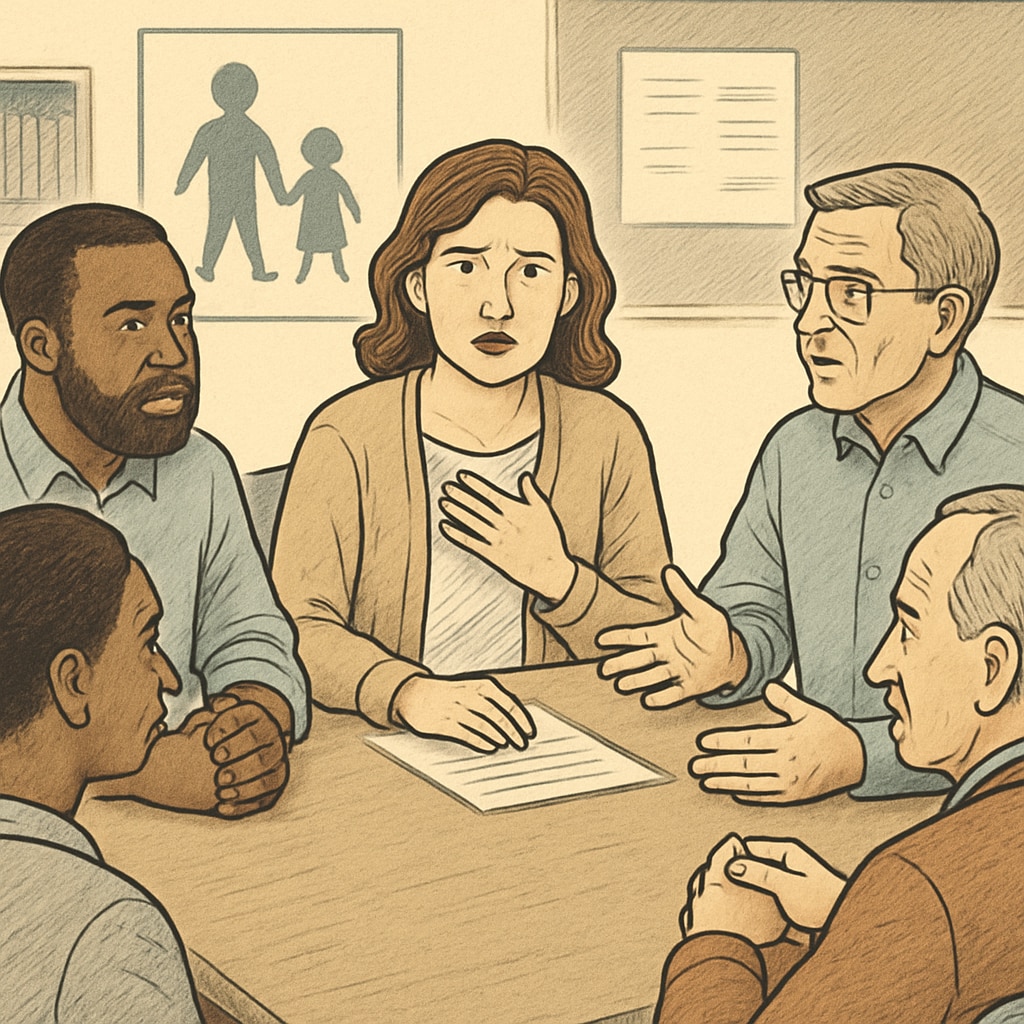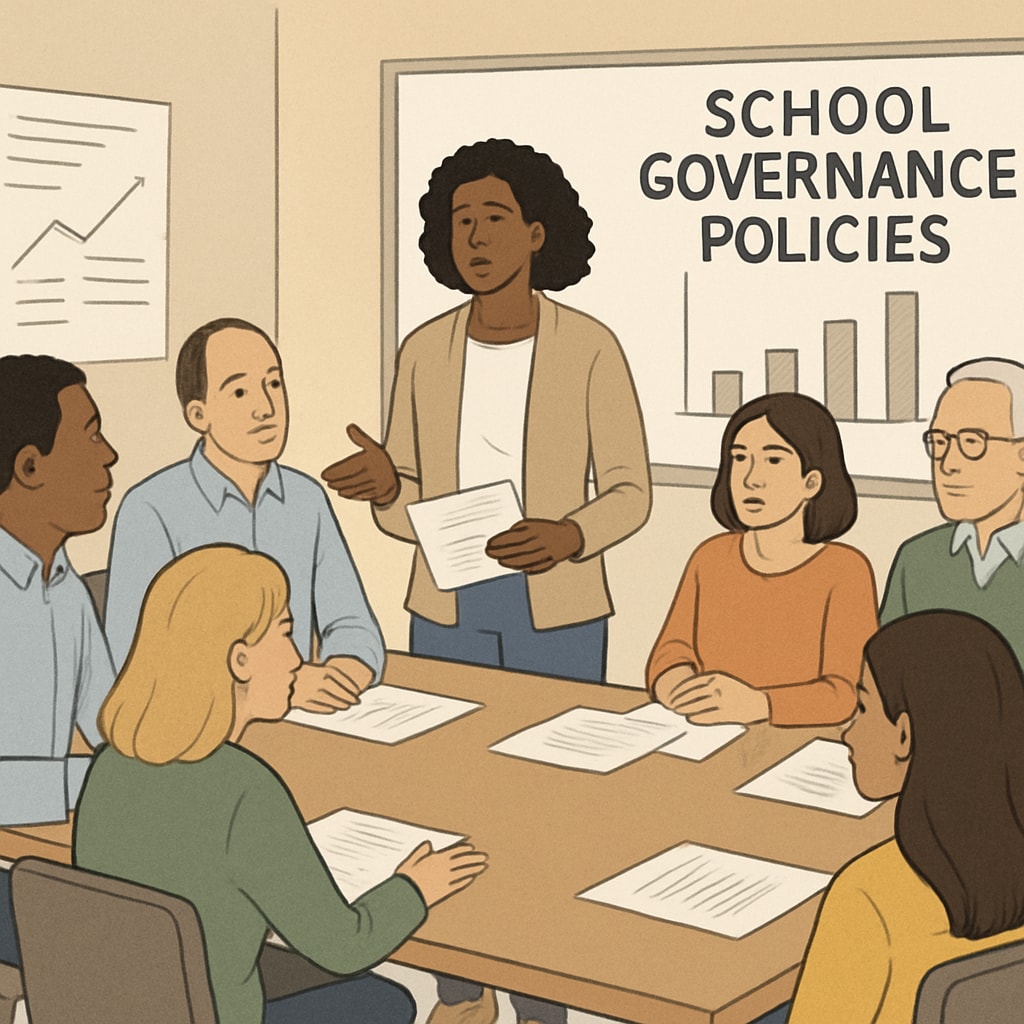When individuals with a history of child abuse assume positions on school boards, communities face a critical dilemma: safeguarding children while maintaining effective governance. This issue demands urgent attention, as the dual responsibilities of protecting students and ensuring fair governance can often conflict. In this article, we explore the gravity of the situation and highlight proactive strategies for communities to address these challenges.
Understanding the Risks of Involving Individuals with Abuse History
The presence of individuals with a history of child abuse on school boards introduces risks that extend beyond immediate safety concerns. Such appointments can erode trust in the education system, compromise decision-making, and potentially expose children to harm. According to Britannica’s article on child abuse, these acts have long-lasting psychological and social impacts, making vigilance against potential threats crucial.
Moreover, school boards influence policies that directly affect student welfare. Allowing individuals with questionable pasts to oversee such policies can undermine efforts to create safe learning environments. Communities must understand these risks and remain vigilant to ensure the well-being of children in educational settings.

Community Action Strategies: How to Respond Effectively
When faced with this challenge, communities must adopt a multi-faceted approach to address concerns while respecting governance processes. Below are key strategies:
- Raise Awareness: Educate parents, teachers, and stakeholders about the importance of vetting individuals for school board positions. Transparency in governance is essential.
- Advocate for Policy Reform: Petition for clear policies requiring thorough background checks for all candidates seeking school board positions.
- Engage Local Authorities: Work with legal and child protection organizations to ensure compliance with laws safeguarding children.
- Organize Community Forums: Create platforms for discussing concerns and brainstorming solutions collaboratively.
- Monitor Board Decisions: Stay informed about school board activities to ensure decisions prioritize student safety.
By implementing these strategies, communities can proactively address risks and reinforce their commitment to child safety. For example, local advocacy groups have successfully lobbied for stricter background checks in some regions, setting a precedent for others to follow.

Balancing Governance Integrity with Child Safety
While addressing the presence of individuals with controversial histories, it is essential to avoid undermining governance processes. School boards play a pivotal role in shaping educational outcomes, and ensuring their integrity is equally important. Communities should aim to strike a balance between vigilance and fairness.
This balance can be achieved through transparent communication, legal compliance, and fostering trust among stakeholders. For instance, clear criteria for board membership, coupled with community oversight, can help prevent future controversies. Additional resources, such as Wikipedia’s overview of school governance, provide insights into best practices for managing these sensitive situations.
Ultimately, protecting children and maintaining governance integrity are not mutually exclusive goals. By prioritizing safety and accountability, communities can ensure a secure, progressive educational environment for all students.
Readability guidance: This article uses short paragraphs, bullet points for clarity, and includes external links to authoritative resources for further reading. Images are strategically placed to enhance engagement and illustrate key themes.


